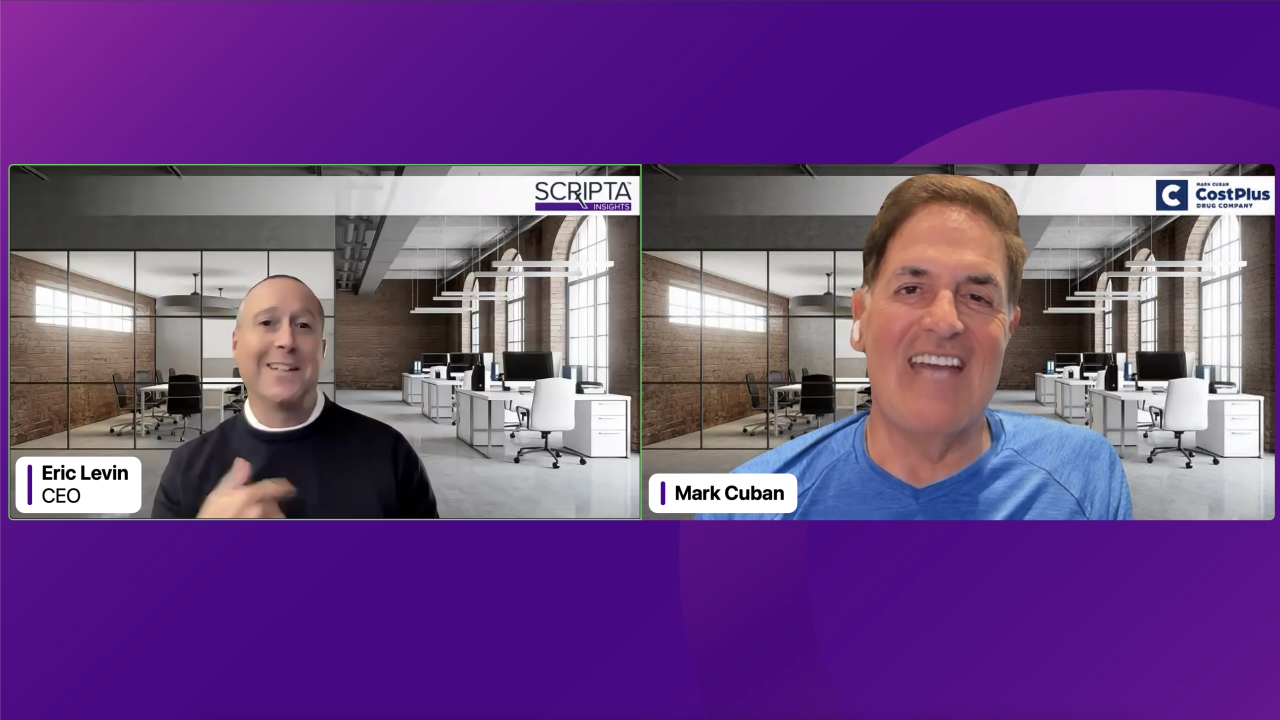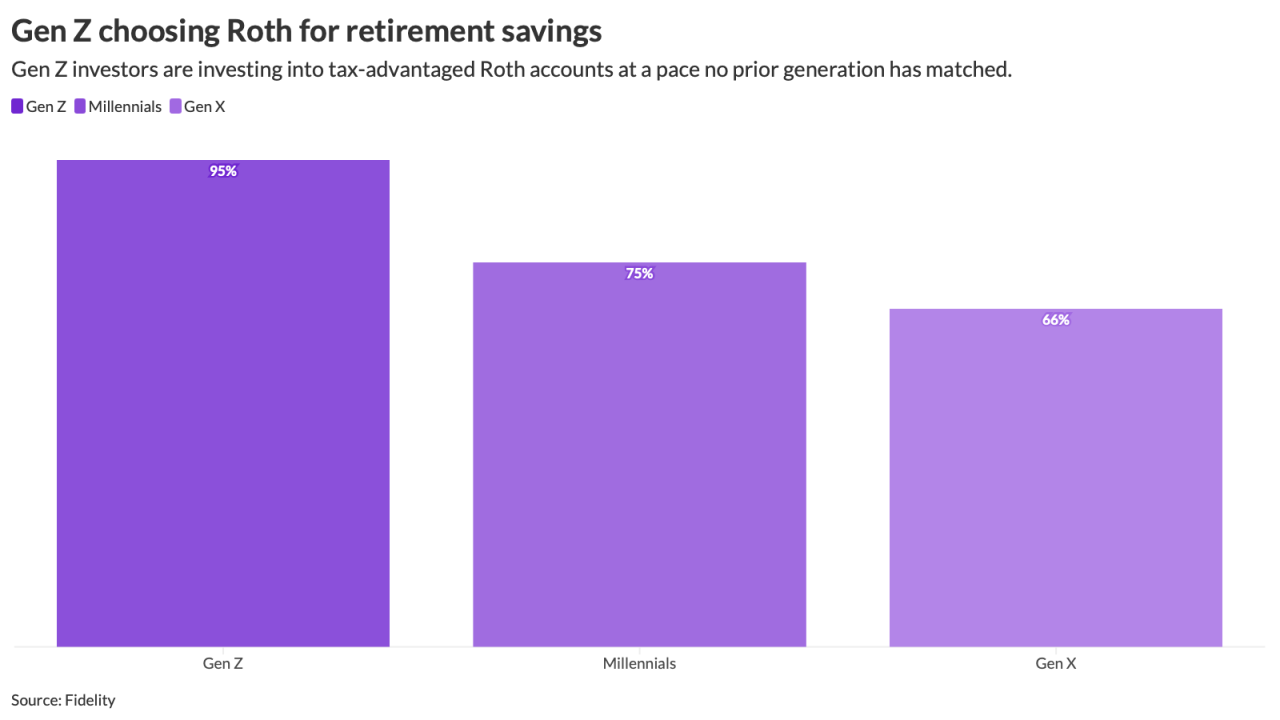Seismic changes have been triggered in worldwide corporate real estate, office design and management systems over the last three years in a shift as profound as the Great Resignation: Let's call it the Great Refurb.
The working assumption that offices will return to the old five-day-nine-to-five week way has turned out to be wrong. Equally off was the idea that remote working would replace the office wherever possible. The reality lies somewhere in the middle, mirroring the
Read more:
In the Great Refurb, three key issues dominate the way offices look and feel: safety, sustainability and social space.
Safety first: Offices remain targets for attack. More than half of
This isn't entirely new. Although safety is a perennial preoccupation of those in the business of running workspaces, the new priority is to protect workers and visitors from airborne disease. Not since the clean tiled lines of Le Corbusier following the flu pandemic of the early twentieth century have we seen such a burst of safety-related innovation in office design. Today these developments range from far-reaching UV technology to foot-pulls on doors to minimize handle touching to anti-microbial paint.
Next, there is the issue of sustainability — literally in terms of saving the planet. In a global Ipsos survey from November, 68% of respondents said they want stricter
Read more:
Then, there's the social setting. This is the mother lode for leaders who want to futureproof their organization. How can you design a workplace that's attractive enough to retain and build loyalty, cohesion, productivity — and sustain it? The modern equivalent of William Blake's famous "dark Satanic mills" of nineteenth century industrialization isn't physical exploitation, but the ennui driving quiet quitting, career cushioning and all the other white collar rebellions and rejections of post-pandemic working life.
This is pointless presenteeism, which triggers the listlessness people feel when they're in an office for no reason doing work they can do elsewhere. Pointless presenteeism can be offset (possibly like carbon can) by the creation of fresh, immersive offices which put social experience at the heart of what they do. In a new report by the workplace research firm
The Great Refurb is a throwback to a hundred years ago when cities sprang up and the world began a new moment in which old norms were swept away. They all hinged on place, where people put themselves in real time. As a 1926 ad in the Chicago Tribune wisely said: In the end, it's all about location, location, location — nowadays that's inside and out.





